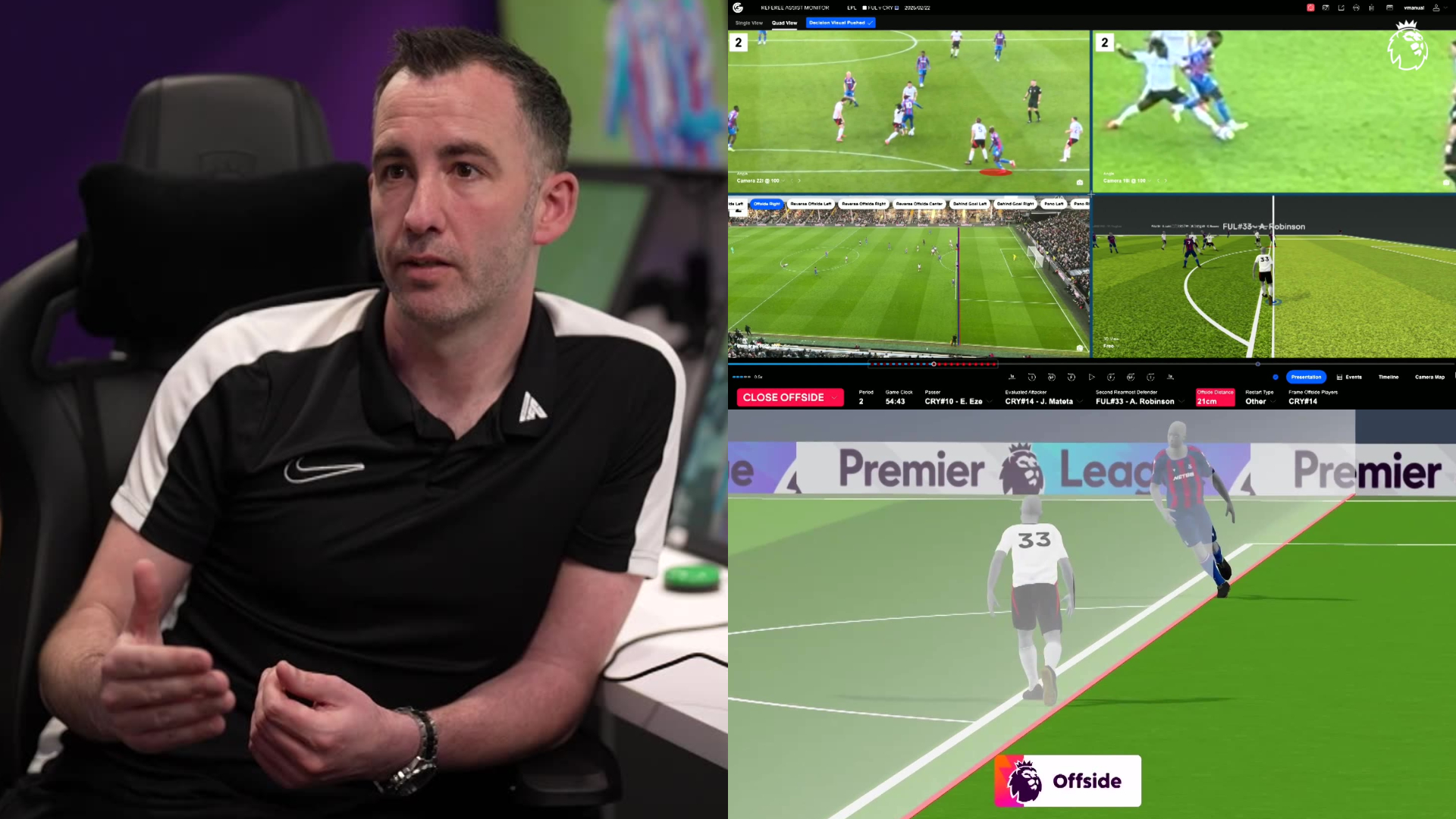VAR & Semi-Automated Offside: Explained
The introduction of Video Assistant Referee (VAR) technology revolutionized football, aiming to reduce refereeing errors and increase fairness. However, its implementation wasn't without its controversies. Recently, the addition of semi-automated offside technology has further refined the process, leading to faster and, arguably, more accurate offside decisions. This article breaks down both VAR and semi-automated offside, explaining how they work and addressing common questions.
Understanding VAR: The Video Assistant Referee
VAR is a system where match officials review decisions using video footage. It's not designed to overturn every decision, but rather to correct clear and obvious errors in four key areas:
- Goals: Were goals scored illegally (e.g., handball, offside)?
- Penalty kicks: Were penalties awarded or denied correctly?
- Direct red cards: Were red cards shown appropriately?
- Mistaken identity: Did the referee identify the wrong player for a caution or dismissal?
How VAR Works:
- On-field incident: An incident occurs during the game.
- VAR check: The VAR team reviews the footage.
- Recommendation: The VAR team recommends to the referee whether to review the incident.
- On-field review: The referee reviews the footage on a pitch-side monitor.
- Decision: The referee makes the final decision, which can be to uphold the original decision, overturn it, or make a different decision altogether.
Semi-Automated Offside Technology: A Game Changer
Semi-automated offside technology represents a significant advancement in VAR. It uses a combination of:
- Tracking cameras: Multiple high-resolution cameras track the ball and each player 50 times per second.
- AI: Artificial intelligence analyzes the data to identify precise player positions.
- Sensor in the match ball: This further enhances the accuracy of the system by providing real-time information about the ball's position.
How Semi-Automated Offside Works:
- Positional data: The system tracks the position of players and the ball in real time.
- Offside determination: The AI instantly determines if a player is in an offside position at the moment the ball is played.
- Automatic alert: The referee is immediately alerted if an offside offense is detected.
- Quick review: The VAR team can then quickly review the incident to confirm the decision.
Benefits of Semi-Automated Offside:
- Increased speed: Decisions are made significantly faster than with traditional VAR review.
- Improved accuracy: The technology virtually eliminates human error in identifying offside positions.
- Reduced controversy: Faster and more accurate decisions lead to less debate and frustration.
Challenges and Criticisms:
While semi-automated offside offers significant advantages, some criticisms remain:
- Cost: Implementing the technology is expensive, potentially excluding smaller leagues and competitions.
- Technical glitches: As with any technology, there's a risk of malfunctions or errors.
- Subjectivity: Although significantly reduced, some subjective interpretation might still be required in borderline calls.
Conclusion: A Step Towards a More Accurate Game
The introduction of VAR and semi-automated offside technology signifies a significant step towards a fairer and more accurate football game. While challenges remain, the overall impact has been positive, leading to quicker decisions and fewer controversial calls. As the technology continues to develop and become more widely adopted, it promises to further refine the game and enhance the spectator experience. What are your thoughts on VAR and semi-automated offside technology? Share your opinions in the comments below!

